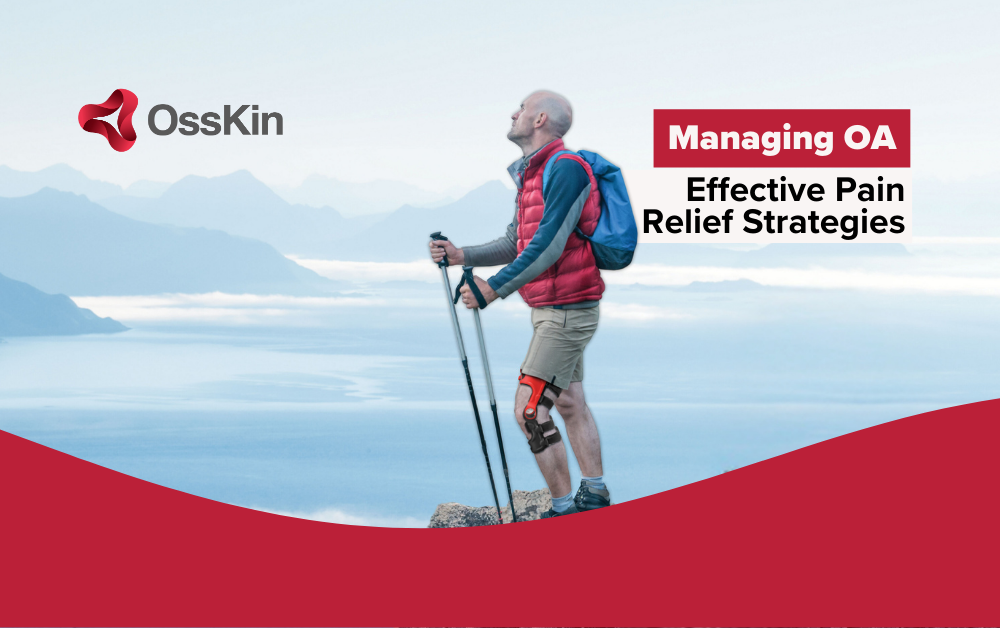
Osteoarthritis, a type of arthritis, is the most common form of the disease and can affect different parts of the body, such as intervertebral discs, lumbar vertebrae, and lower limbs. It leads to various conditions like headaches, knee pain, joint pain, mild to moderate discomfort, neck stiffness, and cervicobrachial neuralgia. Unlike other forms of arthritis, osteoarthritis specifically targets the joints, causing damage to the protective cartilage between the bones. As a result, the affected joints may experience thickening and the development of small bumps or spurs. Fortunately, there are solutions available to combat osteoarthritis and improve daily life with this condition. Knee problems, including pain during joint movement, are common symptoms of osteoarthritis. The affected joints may also exhibit swelling, warmth, and stiffness. However, these symptoms are not insurmountable, as there are ways to alleviate the pain and discomfort caused by osteoarthritis.
Osteoarthritis manifests in different ways, but generally, joint movement becomes painful regardless of the affected joint. It’s important to differentiate between osteoarthritis and other types of arthritis. Osteoarthritis primarily affects the cartilage, the soft tissue that cushions the bones in the joints. Consequently, osteoarthritis is characterized by symptoms such as knee pain during sports or physical activities.
Knee problems, including pain during joint movement, are common symptoms of osteoarthritis. The affected joints may also exhibit swelling, warmth, and stiffness. However, these symptoms are not insurmountable, as there are ways to alleviate the pain and discomfort caused by osteoarthritis.
While osteoarthritis is commonly discussed, there are several distinct forms of the condition that all involve joint movement:
Seeking professional medical advice is crucial not only for diagnosing osteoarthritis but also for determining an appropriate treatment plan based on individual circumstances. Treatment options vary based on the severity of osteoarthritis (mild, moderate, or severe). Healthcare providers can suggest the most suitable treatments for each situation.
By improving joint biomechanics in osteoarthritis-affected areas, knee braces can reduce pain by alleviating stress on the most damaged part of the knee. Custom-made knee osteoarthritis orthoses can lead to a more active lifestyle and delay the need for knee replacement surgery. Learn more about Evoke, the world’s first SLS 3D-printed custom unloader knee brace.
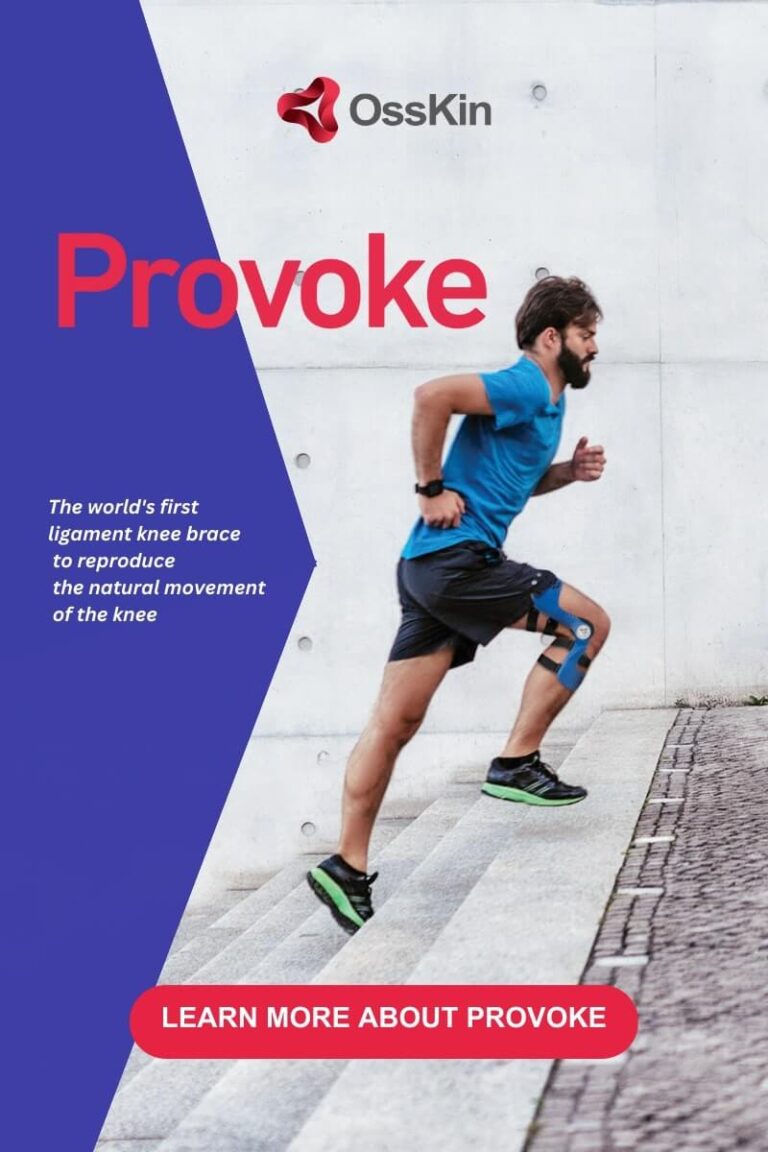
Share on
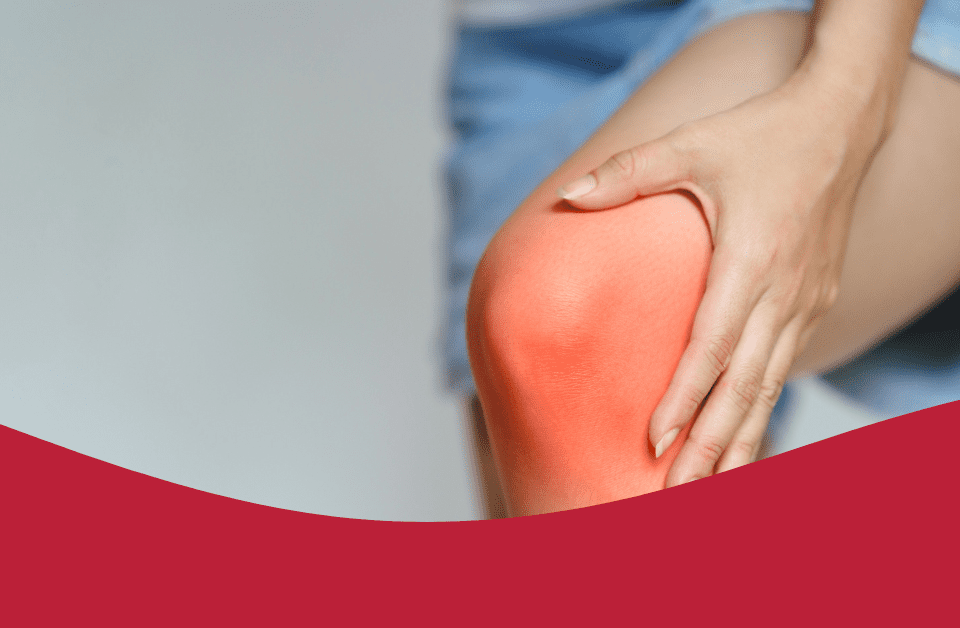
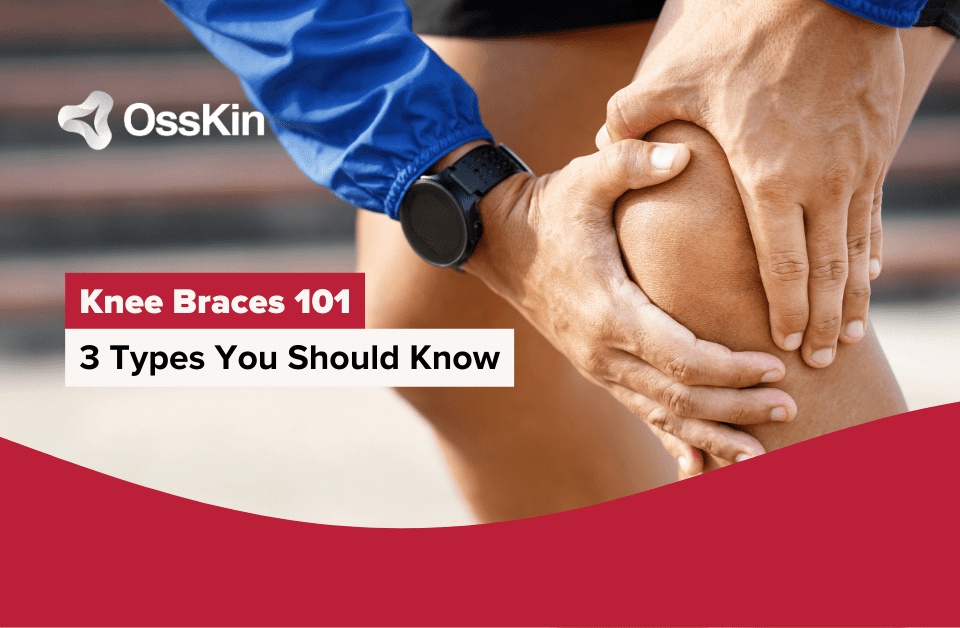
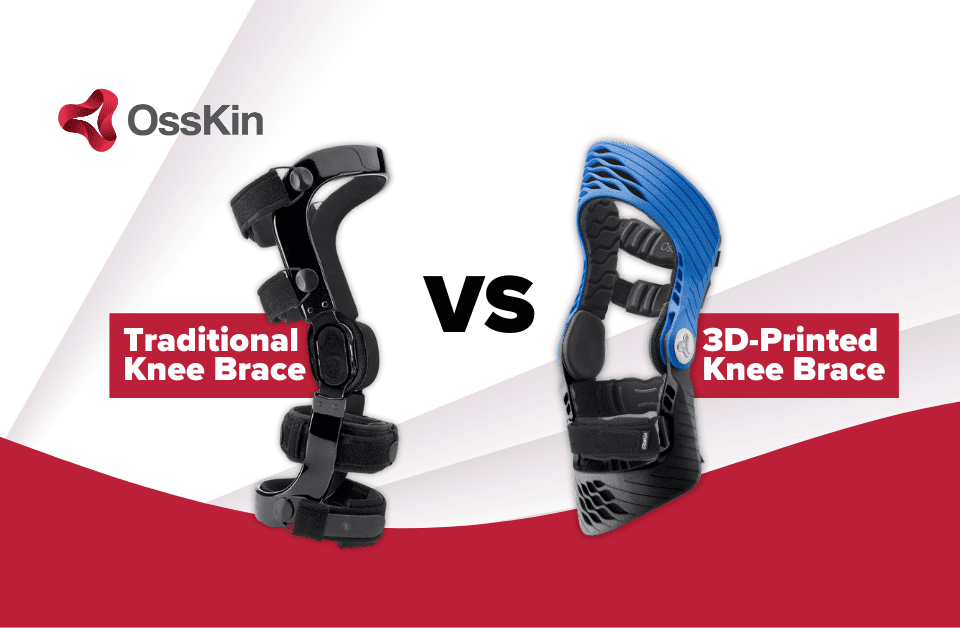
OssKin © 2024